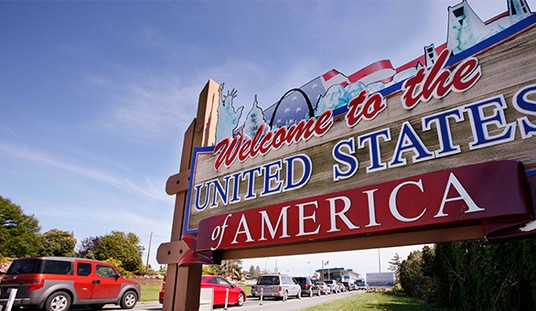Anthony Daniels (aka Theodore Dalrymple) visited Brazil’s capital Brasilia recently and wrote an essay about its architecture and urban planning for The New Criterion. Daniels is brilliant even when he is wrong, which is not terribly often, and he’s never wrong on this subject.
Brasilia is Brazil’s relatively new inland capital. It was built in the modern brutalist (ie, communist) style. From the air it looks like a bird. From the ground it looks like this:
I am viscerally repulsed by buildings, neighborhoods, and cities that look like this and by the totalitarian-minded people who plan them. I’ve seen this sort of thing in fifteen different post-communist countries in addition to the capitals of Libya and Egypt which built similar crap during their socialist phases, though with less empty space between everything. And so I just can’t get enough—really I can’t—of essays like Daniels’. I’ll admit to being a bit reactionary about this, but I’m being reactionary not on behalf of paleolitic ideas, but on behalf of beauty, art, and humanity.
Here’s Daniels:
Costa and Niemeyer were both admiring followers of Le Corbusier and Communists—hence their inhuman aesthetic. Niemeyer, still alive at 103, is by all accounts a financially disinterested man (though no one ever suggested that Lenin, Stalin, or even Hitler were in it for the money—they were disinterested monsters), but it surely takes considerable stupidity, lack of moral imagination, or an egotism more profound than that of the most voracious Wall Street banker to proclaim yourself a Communist after all the human disaster that the doctrine wrought in the past century. Indeed, one pronouncement of Niemeyer captures not only this egotism, but encapsulates much of the egotistical sickness of many modern artists and architects: “Whoever goes to Brasilia may like its palaces or not, but he cannot say that he has seen anything like it before.” The same would be true, of course, if Brasilia had been built of refrigerated butter, but the originality of Brasilia is not the question.
The sheer incompetence of Costa as a city planner, at least from the point of view of all previously existent urbanized humanity, staggers belief. But of course, one’s assessment of a man’s competence depends upon what one believes him to be trying to do. I learned this hard lesson in Tanzania, where the President Julius Nyerere (currently undergoing preparations for canonization) had reduced the country by his policies to unprecedented levels of beggary, while speaking continually of the need for economic development. From this, I naively concluded that he was grossly incompetent, but once I assumed that his goal was to remain in supreme power for twenty-five years without much in the way of opposition, the scales fell from my eyes. He was, indeed, supremely competent.
What, then, did Costa do (let us forget for a moment his intentions)? He laid out a city according to the conceptions of Le Corbusier: embassies here, hotels there, entertainment facilities yet somewhere else—every quarter functionalized, disconnected by large open spaces, and not one within reach of the others except by motorized transport. Nor was shade provided for such eccentrics as might nevertheless like to walk or cycle: they were to be discouraged by the prospect of sun-stroke and heat exhaustion—the temperature often rising to above 100 degrees in the broiling sun (the same problem, incidentally, exists in Le Corbusier’s Indian city of Chandigarh, suggesting, to use a phrase beloved of Marxists, that this is no coincidence).
The few concrete seats available—for example, those in the Square of the Three Powers—should be such as to give potential loiterers backache within five minutes or sores on the buttocks, and one cannot help but recall the Marquis de Custine’s prophetic remark about the open spaces of St. Petersburg, that a crowd that gathered in them would be a revolution. The possibility of a crowd spontaneously gathering in Brasilia has been completely avoided, however; it is a city for coups rather than for revolutions. Perhaps this was one of the underlying reasons for its design, just as Haussmann’s boulevards were designed to give soldiers a good aim at the revolutionary mob.
Man in Brasilia is essentially an insect, a kind of ant, or perhaps rather a noxious bacterium.
Buildings and cities like these will crumble one day as buildings and cities inevitably do. They should not be restored or rebuilt. Tourists in Brazil go to Rio, not to Brasilia, for the same reason tourists in France visit old Paris inside the peripherique without paying the slightest attention to the ghastly modernist sururbs. Only the most supremely arrogant planners and architects think psychologically normal human beings want to abandon cities of beauty and grace to live in a concrete machine.











Join the conversation as a VIP Member